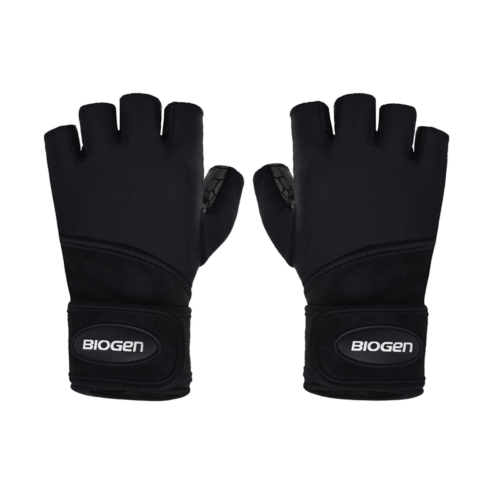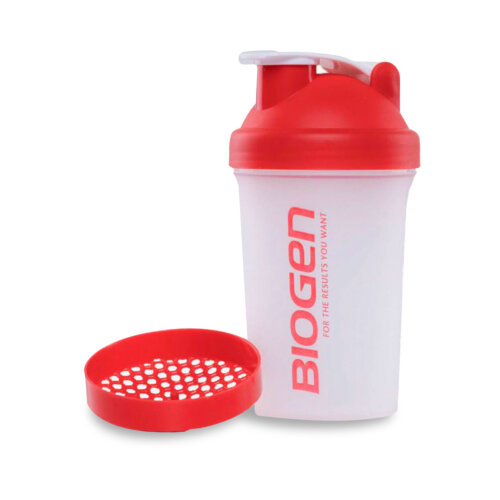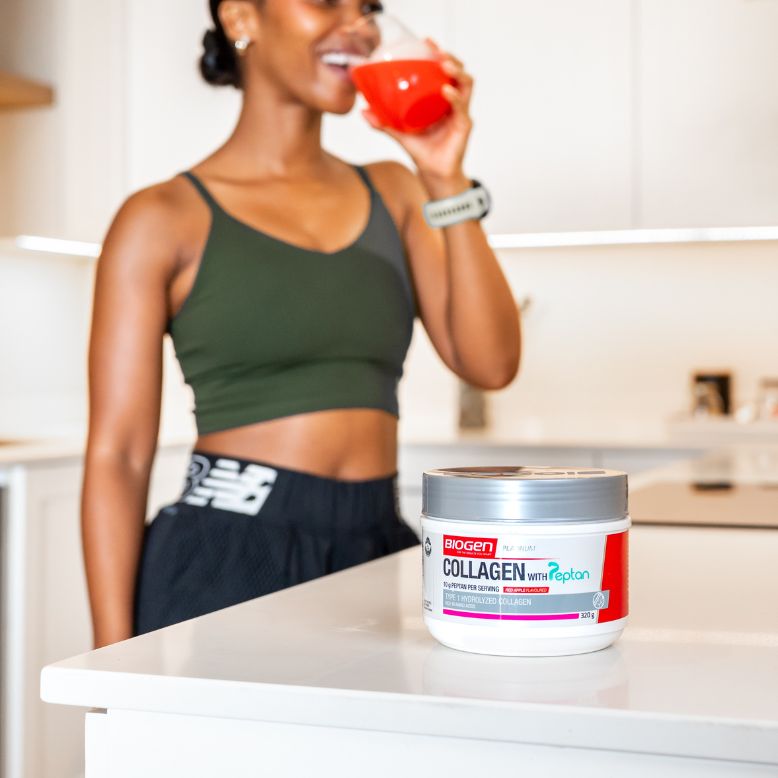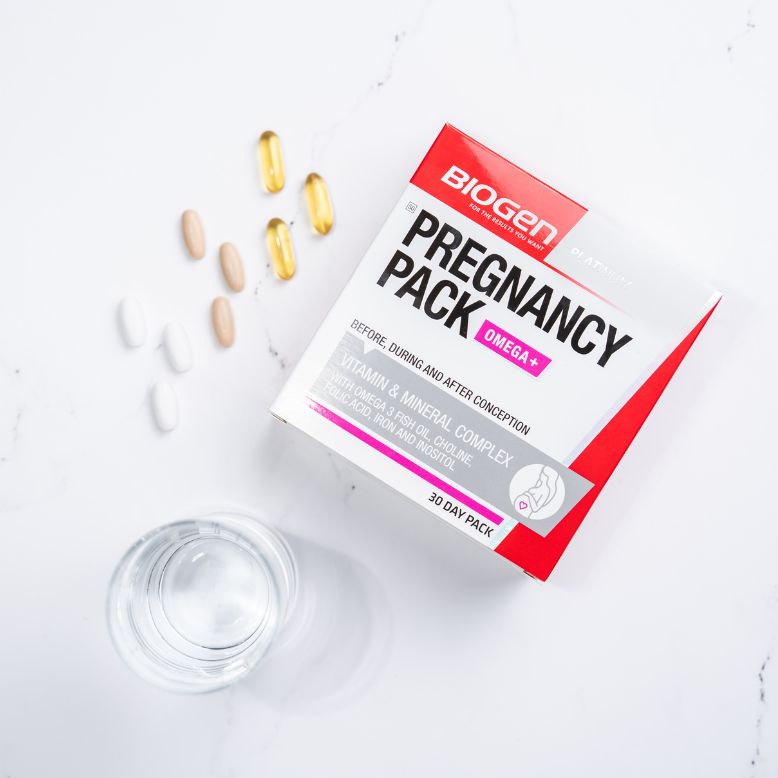AS ANY GOOD PERSONAL TRAINER OR COACH WILL TELL YOU, IF YOU’RE NOT ASSESSING, THEN YOU’RE JUST GUESSING.
Starting any new programme or training block with a battery of tests will benefit your fitness in various ways:
- You’ll get a clear picture of current fitness and strength levels.
- The results provide a baseline from which you can measure your progress when you retest yourself.
DIY fitness testing
But you don’t need to perform complex, expensive or extravagant fitness tests under the supervision of a qualified fitness professional to benchmark your fitness.
There are a few basic tests that you can do yourself at home or in the gym. While basic in nature, they will still provide valuable insights into your current fitness levels and help you get the most from your training plan as you track and quantify your progress over time.
Tight, inflexible muscles can increase your injury risk and compromise movement efficiency. A flexibility test will highlight any potential tight areas that may require additional focus with daily mobility drills and dynamic stretching or even rehab.
What it measures: General static flexibility of your hamstrings, hips and lower back.
How to do it: Place a yardstick on the floor. Secure it by placing a piece of tape across the yardstick at the 38cm mark. Place the soles of your feet over the mark on the yardstick. Anchor your knees to the ground as you reach forward as far as you can. Hold the position for two seconds. Note the distance you reached. Repeat the test two more times and take the average of the measurements as your result.
Ideal result: +1-10cm is average, while 30cm+ is considered excellent.
Balance is broadly defined as your ability to maintain your centre of mass over the base of support, which is vital during exercise for efficient movement and reduced injury risk. Balance from both a bilateral (both legs) and unilateral (one leg at a time) perspective is also important to create a stable foundation from which you can lift increasingly heavier weights over time.
A balance test can pick up any differences between your left and right side, which could indicate a muscle or strength imbalance that you should address to prevent injury and create a body that works efficiently as an integrated system.
What it measures: Static balance.
How to do it: Stand on one leg and balance for as long as possible. Make sure you test both legs,
Ideal results: 40-60 seconds is considered average. 2 min+ is considered excellent.
One minute strength tests are a great way to benchmark your current strength levels and track progress periodically, ideally every 4-6 weeks.
A one minute test can be applied to just about any exercise and measures the strength endurance of that specific muscle group.
What it measures: Upper body strength endurance
How to do it: Get into the fully extended push up position and perform as many push ups as you can in 60 seconds.
Ideal result: 20-29 push ups in 60 seconds is considered average. More than 40 is excellent.
What it measures: Leg strength endurance.
How to do it: Get into a squat position and perform as many bodyweight squats as possible in one minute.
Ideal result: 20-29 squats in 60 seconds is considered average. More than 40 is excellent.
What it measures: Abdominal strength endurance
How to do it: Lay on a mat with your knees bent and your feet flat on the floor. Extend your arms upward to avoid using them to pull your head forward. Sit up and extend your hands over your knees, then return back to the floor and continue to perform as many sit-ups as possible in 60 seconds.
Note: Do not pull through your hip flexors. Make sure you use your abdominal muscles to flex your trunk.
Ideal result: 25-28 is average (for women aged 26-35). 39+ is excellent.
You don’t need to be hooked up to fancy machines while on a treadmill to determine your current fitness level. A simple step test will do the trick!
What it measures: General fitness
How to do it: Place a 30.5cm high box or step in front of you. Step on and off the box for three minutes. Step up with one foot and then the other. Step down with one foot followed by the other. Try to maintain a steady four beat cycle. After three minutes, stand still and measure your heart rate.
Ideal result:
Men
Age: 18-25
Excellent: <84 bpm
Average: 85-100 bpm
Fair to poor: >101 bpm
Age: 26-35
Excellent: <86 bpm
Average: 87-103 bpm
Fair to poor: >104 bpm
Age: 36-45
Excellent: <90 bpm
Average: 91-106 bpm
Fair to poor: >107 bpm
Age: 46-55
Excellent: <93 bpm
Average: 94-112 bpm
Fair to poor: >113 bpm
Women
Age: 18-25
Excellent: <93 bpm
Average: 94-110 bpm
Fair to poor: >111 bpm
Age: 26-35
Excellent: <94 bpm
Average: 95-111 bpm
Fair to poor: >112 bpm
Age: 36-45
Excellent: <96 bpm
Average: 97-119 bpm
Fair to poor: >120 bpm
Age: 46-55
Excellent: <101 bpm
Average: 102-124 bpm
Fair to poor: >125 bpm
Perform these tests before you start your programme and record your results. After the you complete the 4-week plan, you can perform the same battery of tests to benchmark your progress and see how far you’ve really come!














